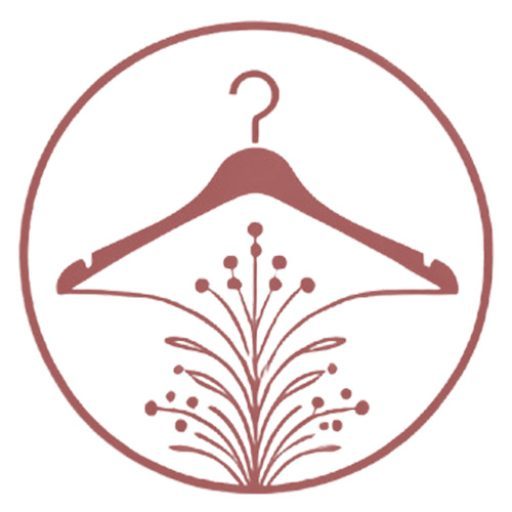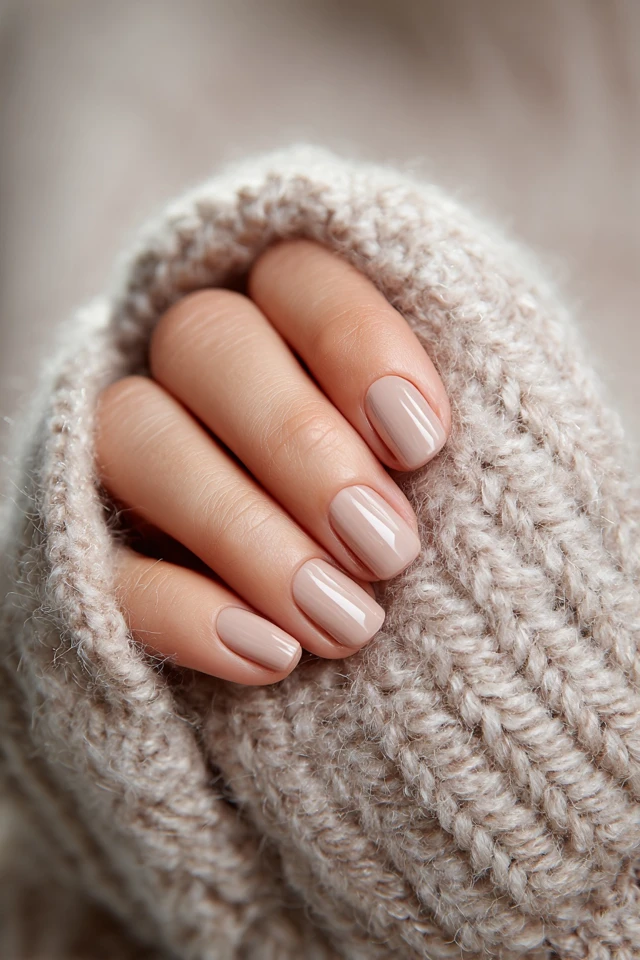Introduction
Walking into a room on a chilly autumn morning, wrapped in my favorite textured sweater, I instantly felt a subtle surge of confidence. The delicate interplay of snug knit patterns and a perfect fit created not just warmth but a sense of refined polish. That day, I realized how something as seemingly simple as sweater texture influences more than just comfort—it shapes perception, mood, and ultimately, how I carry myself.
For many, sweaters are a staple of wardrobe comfort, yet few explore the rich, tactile world of texture and its profound impact on style and self-expression. As a fashion designer and color psychologist, I’ve spent countless hours dissecting the nuances that make one piece transcend basic functionality to become a signature statement of personal identity.
About the Author and My Trend Boutique
This post is a deep dive into the often overlooked realm of refined sweater textures—a journey blending design expertise, color psychology, and practical styling wisdom. Whether you’re refreshing your seasonal wardrobe or seeking ways to elevate your everyday dressing strategy, understanding these elements can unlock your style potential and boost your confidence in ways you might not expect.
Foundational Concepts
Before diving into specific sweater textures and styles, it’s essential to ground ourselves in a few foundational principles that influence fashion choices on a deeper level: color psychology, trend forecasting, and the art of dressing to impress.
Color Psychology
Color psychology explores how hues can evoke emotions, alter moods, and shape interpersonal dynamics. Studies show colors like blue can induce calmness, while red communicates power and passion. Sweaters, often close to the face and skin, intensify these effects, subtly influencing how we feel and how others respond to us.
Consider this: a soft oatmeal beige can suggest warmth and approachability, ideal for casual meetings, while a charcoal gray textured sweater might convey sophistication and seriousness suitable for a professional setting. Recognizing these associations helps leverage colors not only for style but also for emotional impact.
Trend Forecasting
Understanding trend forecasting means recognizing the ebb and flow of fashion cycles. Designers and industry experts analyze cultural shifts, social behavior, and historical patterns to predict what textures, fabrics, and colors will rise in popularity.
For instance, heightened interest in sustainability has encouraged the resurgence of natural fibers and artisanal knit textures, emphasizing craftsmanship and authenticity. Keeping an eye on these trends helps you incorporate fresh elements in ways that feel personal and modern rather than fleeting.
Dressing to Impress
The concept of dressing to impress transcends vanity. It’s about recognizing that clothing choices influence first impressions and ongoing perceptions—qualities integral to personal branding. Wearing refined sweater textures, which combine structure with softness, sends messages of confidence, care, and sophistication without sacrificing approachability.
When you invest time in understanding how your sweater’s texture complements your overall look, you’re essentially curating your visual narrative, enhancing your self-esteem, and commanding respect.
Picture Gallery
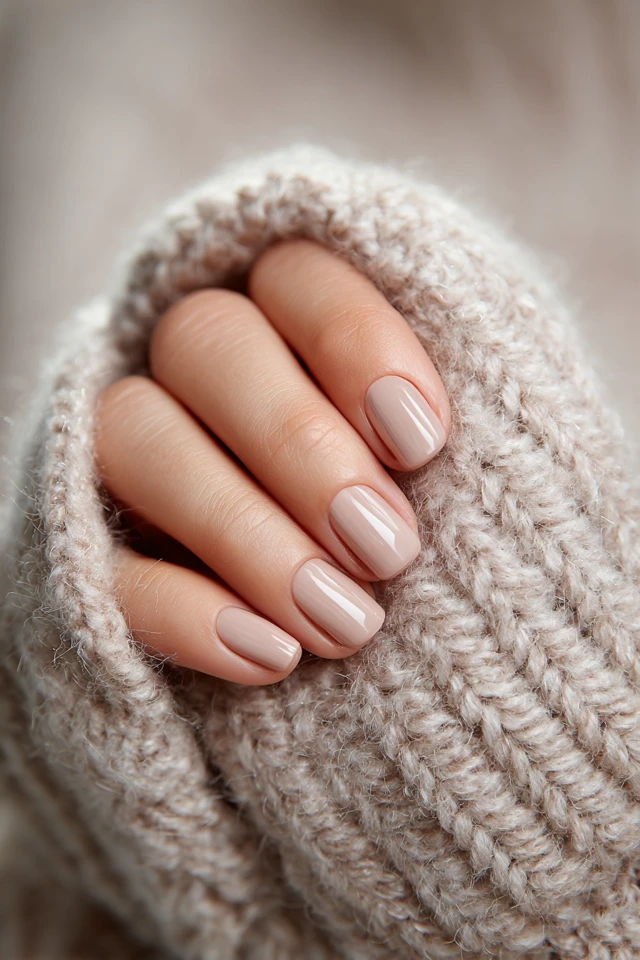
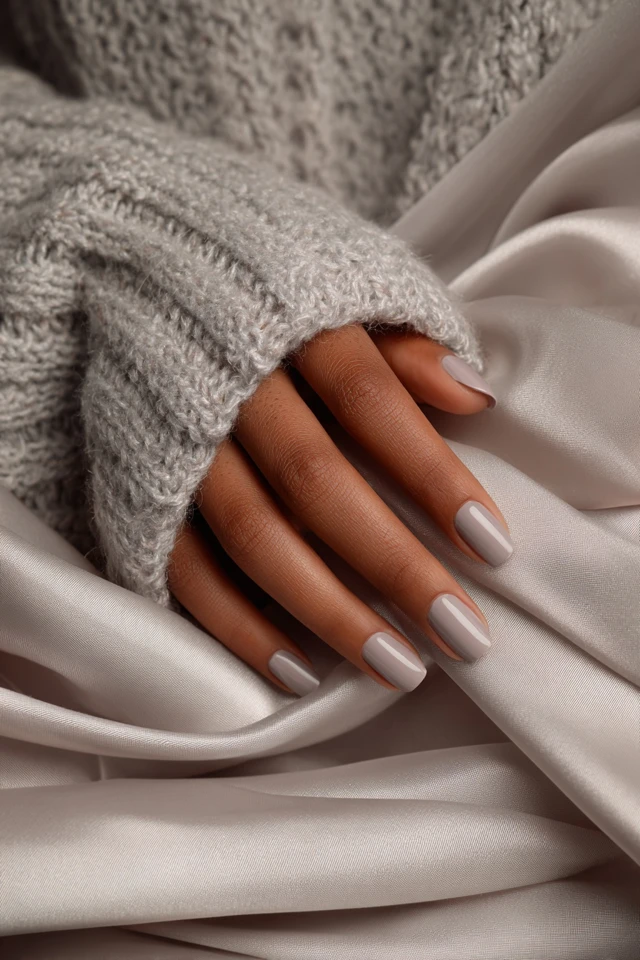
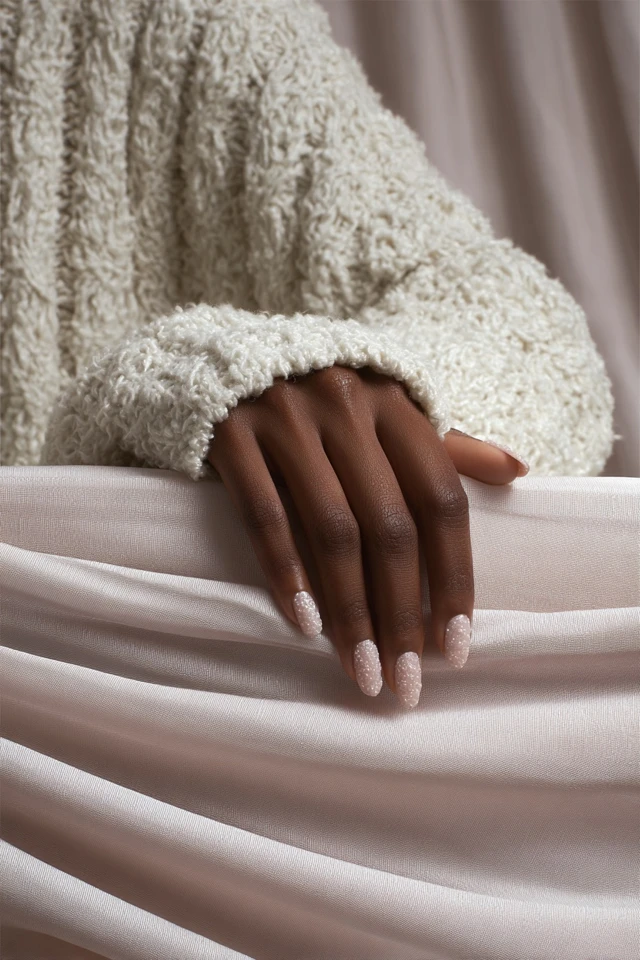

Color Psychology & Emotional Impact
Colors have long been linked to emotional responses, a connection swiftly activated in first impressions. For sweaters—garments that frame the upper body and often receive tactile focus—color choices can profoundly affect mood and social interactions.
Warm colors, such as burnt orange, mustard yellow, and deep rust, exude energy and positivity. These shades can be confidence boosters, especially during colder months when they contrast the muted outdoor landscapes. They attract attention yet remain grounding and cozy. Conversely, cool tones like navy, forest green, or icy blue suggest calmness and reliability, ideal for professional or reflective settings.
Confidence and Perception: Research highlights that wearing colors aligned with your personality and environment strengthens self-assurance. For example, a rich burgundy textured sweater paired with sleek trousers can elevate a business-casual look, displaying both style acumen and decisiveness.
Combining this with the texture of your sweater—whether cable-knit conveying tradition or a smooth merino wool manifesting understated luxury—amplifies the overall emotional impact of your outfit.
Personal Style & Body Type Considerations
Understanding your body type and complexion is crucial in selecting sweater textures and colors that flatter your unique form and skin tone while elevating your style.
Silhouettes and Fabrics
- Hourglass: Opt for fitted or slightly tailored sweaters with medium-weight textures like ribbed knits to highlight your waist without bulk.
- Pear: Choose sweaters that draw attention upward, such as those with intricate necklines or textured shoulders; chunky knits add balance to hips.
- Rectangle: Sweaters with patterns or layered textures create the illusion of curves; consider cropped styles or belted options to define shape.
- Apple: Soft, drapey knit fabrics and V-necklines elongate the torso; avoid overly chunky textures that add volume around the midsection.
Color and Complexion
- Cool undertones: Jewel tones and cool pastels enhance your natural glow.
- Warm undertones: Earthy hues such as caramel, olive, and spicy reds harmonize beautifully.
- Neutral undertones: You have flexibility—explore muted tones and balanced brights.
Quick Style Checklist
- Does the sweater texture complement your body contours?
- Are the colors enhancing your skin’s natural undertones?
- Does the silhouette align with your style confidence goals?
- Can the sweater be layered comfortably with other pieces?
- Are the fabrics seasonally appropriate and of good quality?
Current Trends & Timeless Classics
Right now, fashion trends celebrate craftsmanship and elevated textures. Think tactile novelty knits—bouclé, waffle, or brushed alpaca—that feel like wearable art. Designers are mixing minimalism with maximal texture, blending simplicity with bold, textured statements.
Colors trending include warm caramel shades, soft sage greens, and oceanic tones like teal and cobalt. These pairs wonderfully with timeless neutrals such as dove gray, ivory, and navy. The key is balance: pairing a textured statement sweater with classic denim or tailored trousers keeps the look polished yet fresh.
Timeless classics remain foundational. A well-fitted cashmere sweater in camel, a soft cable-knit in cream, and a simple black merino wool pullover transcend time and trend. These pieces provide an ideal canvas for showcasing accessories and experimenting with complementary textures and colors.
Practical Tips & Recommendations
Incorporating refined sweater textures into your wardrobe requires a mix of strategic shopping, maintenance, and styling savvy.
- Shopping Wisely: Prioritize quality fibers like cashmere, merino wool, alpaca, and sustainable blends. These provide superior texture, durability, and comfort.
- Layering: Textured sweaters make exceptional layering pieces. Pair a lightweight knit under a structured blazer or an oversized pullover over a crisp button-down for visual depth.
- Accessorizing: Add scarves, necklaces, or statement earrings that contrast or complement sweater textures. Silk scarves, for example, create a luxe interplay against wool knits.
- Color Combos: Try muted neutral sweaters with bold-colored skirts or pants for balance. Alternatively, pair jewel-toned sweaters with soft neutrals to brighten your palette.
- Wardrobe Maintenance: Follow care instructions carefully. Hand wash or use delicate cycles for knitwear, avoid harsh detergents, and store sweaters folded to prevent stretching.
FAQs
- How do I find my signature sweater color?
- Consider your skin undertone, lifestyle, and emotional connection to colors. Experiment with hues you naturally gravitate toward, and observe which shades boost your confidence and complement your complexion.
- Can I update my sweater collection on a budget?
- Absolutely. Look for quality secondhand or vintage sweaters, shop off-season sales, and prioritize versatile, neutral hues you can mix and match with trend pieces.
- What are essential sweater textures for building a capsule wardrobe?
- Include fine-gauge merino wool for layering, cable knits for classic looks, and brushed textures like alpaca for warmth and softness. These cover various styles and occasions cohesively.
- How can I avoid sweater pilling?
- Choose sweaters with tighter weaves and higher-quality fibers. Wash gently, avoid friction from bags or rough surfaces, and use fabric shavers to maintain texture.
- Are bold colors suitable for professional settings?
- Yes, when styled thoughtfully. Pair bold sweaters with neutral tailored pieces and minimal accessories to maintain a polished appearance while showcasing personality.
Conclusion
Exploring refined sweater textures bridges fashion with emotional expression and psychological insight. From understanding the power of color psychology to acknowledging your body’s unique silhouette, this knowledge invites intentional, confident style choices that resonate beyond fabric and thread.
Embrace the textures that speak to you, mix current trends with timeless classics, and be fearless in layering and accessorizing. Your sweater collection is more than warmth—it’s a reflection of your evolving style story, quietly shaping how others see you and how you feel in your skin.
I encourage you to experiment with these ideas and share your journey. Join the conversation by commenting below, sharing your treasured sweater finds, and subscribing for more insights. Together, we’ll keep refining our fashion narratives with thoughtfulness and flair.
